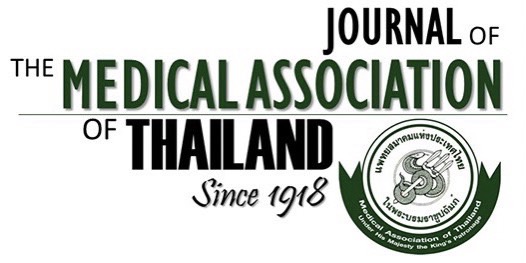Prevalence and Trend of Patients with Congenital Malformations of Craniofacial in Srinagarind Hospital in Fiscal Year 2005 to 2014
Vasana Chantachum BSc*, Orathai Lekboonyasin MBA*, Suteera Pradubwong MSN**, Rumpan Pattaranit MSc*, Bowornsilp Chowchuen MD, MBA***
Affiliation : * Department of Medical Records and Statistics, Srinagarind Hospital, Faculty of Medicine, Khon Kaen University, Khon Kaen, Thailand ** Surgery and Orthopedic Department, Division of Nursing, Srinagarind Hospital, Khon Kaen University, Khon Kaen, Thailand *** Tawanchai Center of Excellence for Patients with Cleft lip-Cleft Palate and Craniofacial Deformities, Khon Kaen University, Khon Kaen, Thailand
Background : Congenital malformations of craniofacial defects involved multiple disorders, including abnormality of the
face, head, nervous system, eyes, ears, teeth etc. To explore more about demographic characteristics of these patients will
provide benefits for doctors, nurses, guardians and the patients themselves in order to make decision on treatments and may
lead to further study for disease prevention..
Objective : To examine prevalence and trend of patients with congenital malformations of craniofacial anomalies in Srinagarind
hospital.
Material and Method: All medical records of the patients with congenital craniofacial malformations were reviewed in this
descriptive study using ICD-10 codes of Q00-Q38, Q67 and Q75 groups. These patients were treated at Srinagarind
Hospital in the last 10 years (fiscal years: during October 2005-September 2014). The data, consist of age, gender, address,
right of medical treatment and the frequency of treatment were collected for 6 months. Data were analyzed using descriptive
statistics in average and percentage.
Results : The present study found the number of 10,272 patients received medical services in Srinagarind hospital in the last
10 years. The majority of the patients were male (52.40%). The patients with cleft lip-cleft palate were 26.64% (Q37), age
ranged between 0-5 years (59.68%). According to the records in 2011, these patients were received treatments 3.74 times per
year, and mainly lived in Khon Kaen. The present study also found 81.07% of the patients used a universal health coverage
Scheme of other hospitals. Obviously, the number of patients with congenital malformations of craniofacial defects increased
year by year.
Conclusion : In conclusion, most of the patients with congenital craniofacial malformations were males with cleft lip-cleft
palate. They received treatment during the age of 0-5 years. Furthermore, they used a universal health coverage Scheme of
other hospitals. The trend of congenital craniofacial malformations has increased year by year. The results of this present
study may enable the provision of suitable treatments for patients with congenital craniofacial malformations.
Keywords : Prevalence, Trend, Patients with congenital malformations, Craniofacial defects, Srinagarind hospital



